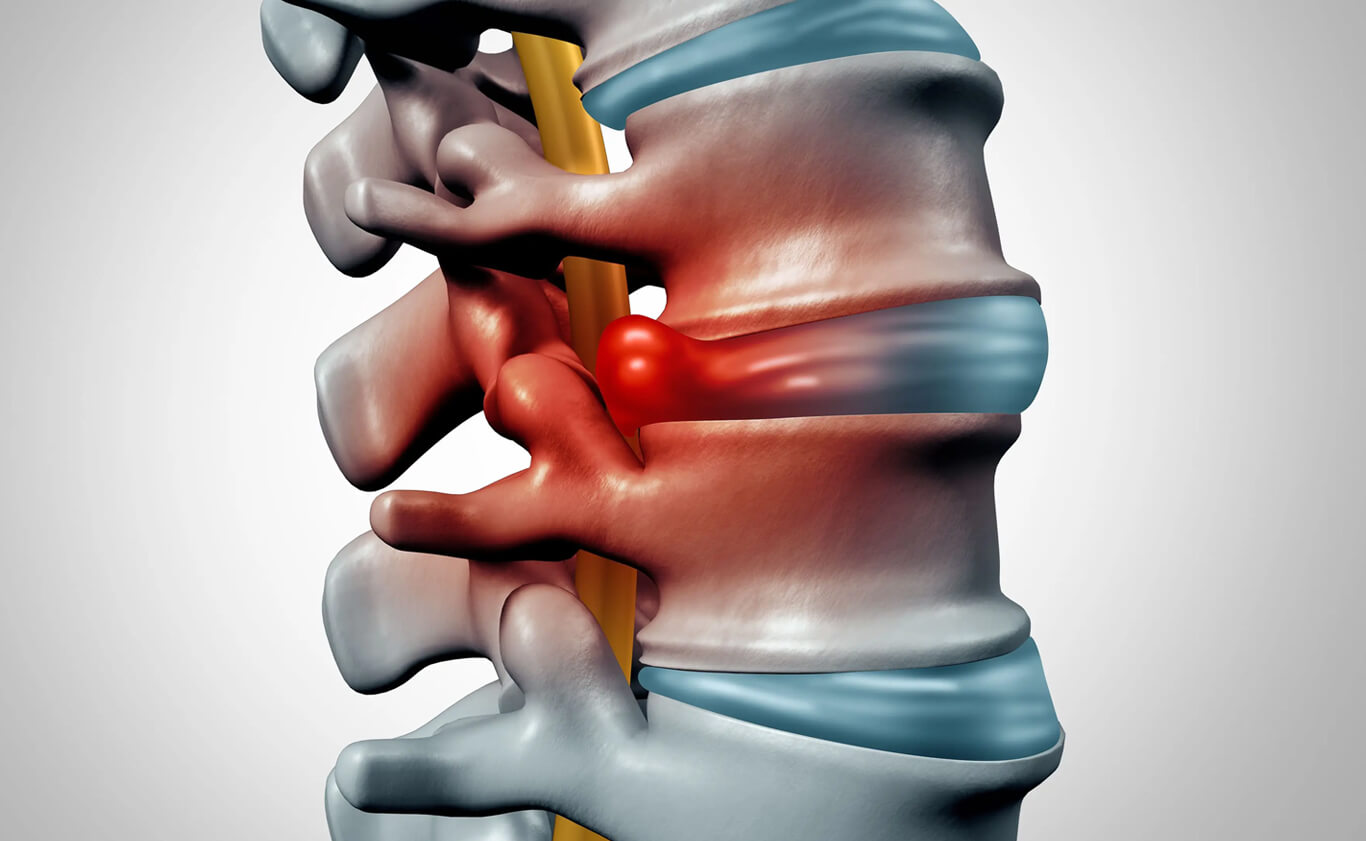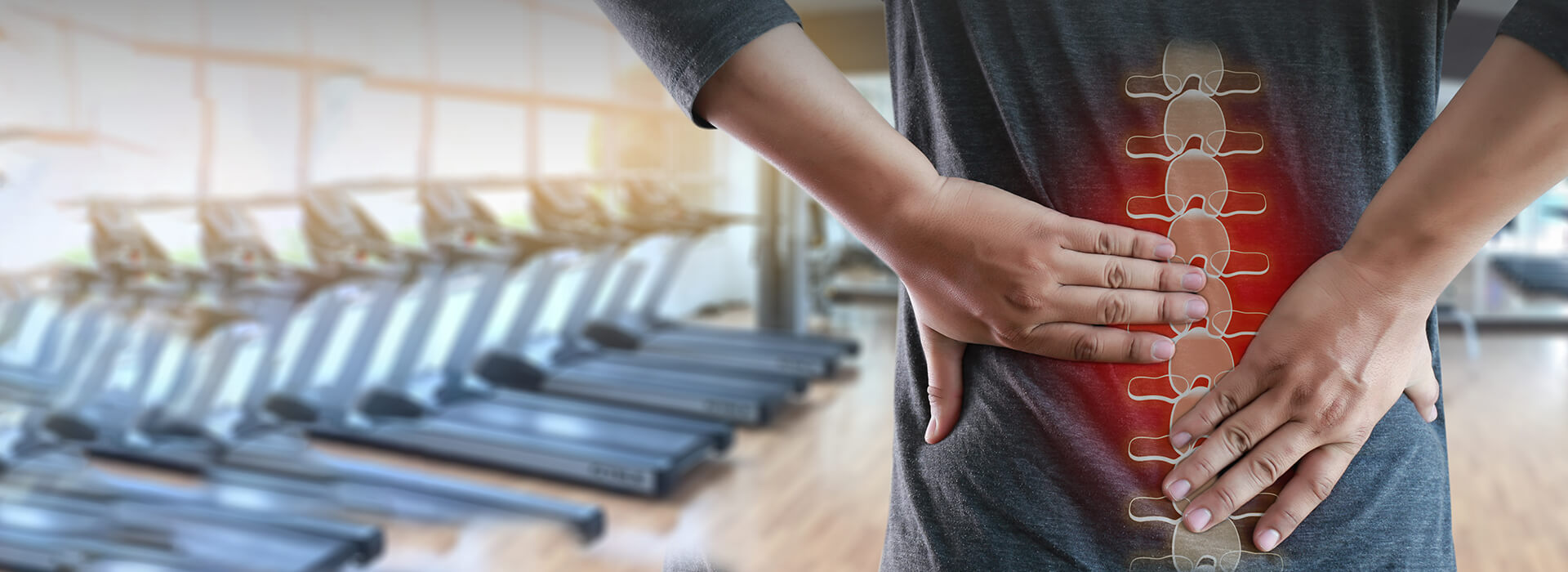

Our ServicesThoracic disc prolapse
When we think of disc prolapse (also known as a herniated or slipped disc), we often think of the lower back or neck. But there’s a lesser-known area of the spine that can also be affected-the thoracic spine.
Though rare, thoracic disc prolapse can be a serious condition that causes pain, discomfort, and even neurological symptoms if left untreated.

What is Thoracic Disc Prolapse?

Your spine is made up of 33 vertebrae, and between each vertebra lies a disc—cushion-like structures that absorb shock and allow flexibility. The thoracic spine refers to the middle part of your spine, comprising 12 vertebrae (T1 to T12).
Thoracic disc prolapse occurs when one of these discs bulges or ruptures, pressing on the spinal cord or nearby nerves.
When conservative  care needs
care needs
a specialist’s touch.
touch.
Causes and Risk FactorsWhile thoracic disc prolapse is less common than lumbar or cervical prolapse, it can still occur due to:
Age-related degeneration
Trauma or injury
Repetitive strain or poor posture
Genetic predisposition
Underlying spinal conditions
Symptoms to Watch ForThoracic disc prolapse symptoms vary depending on the location and severity of the herniation. Common symptoms include:
Mid-back pain that may radiate around the ribs or chest
Numbness or tingling in the torso or lower limbs
Muscle weakness or imbalance
Difficulty walking or coordination issues
In severe cases, bowel or bladder dysfunction
These symptoms often mimic other conditions, such as cardiac or gastrointestinal issues, making diagnosis tricky.
DiagnosisA thorough clinical examination is essential. Your doctor may recommend:
MRI scan – the gold standard for diagnosing disc prolapse
CT scan or X-rays
Neurological tests to assess sensory and motor function
Treatment Options
Treatment depends on the severity of the prolapse and the symptoms:01.
Conservative Management
- Rest and activity modification
- Pain medications or anti-inflammatories
- Physiotherapy to strengthen back muscles and improve posture
- Epidural steroid injections in some cases
Living with Thoracic Disc ProlapseEarly detection and management can lead to a good recovery. Long-term care often includes:
Maintaining a healthy weight
Regular exercise
Ergonomic adjustments at work
Avoiding heavy lifting or poor posture
Conclusion:
While thoracic disc prolapse is rare, it’s a condition that shouldn’t be ignored-especially if you're experiencing persistent mid-back pain or neurological symptoms. Timely diagnosis and treatment can significantly improve quality of life and prevent long-term complications.

